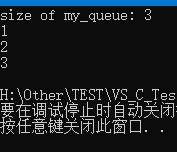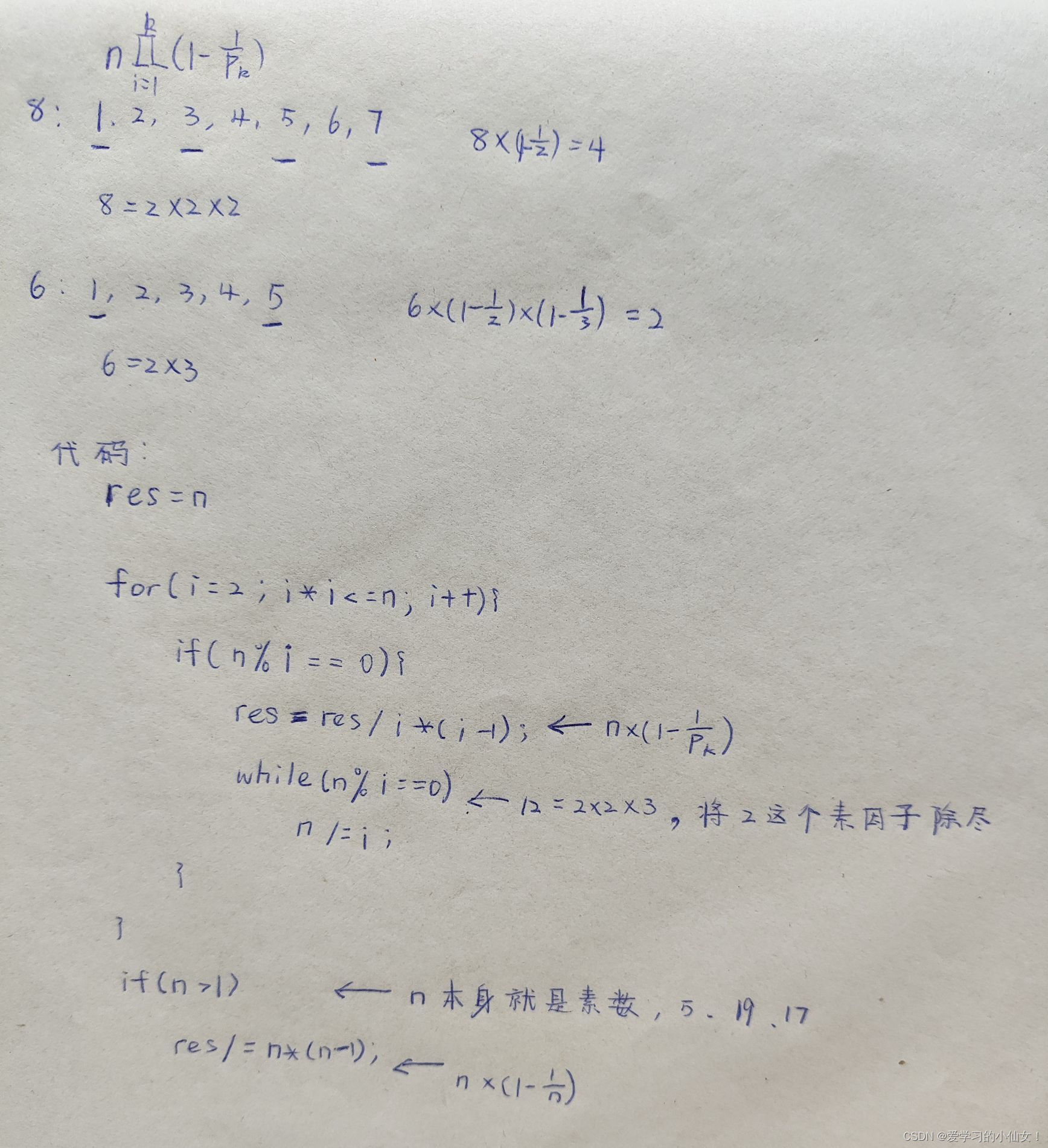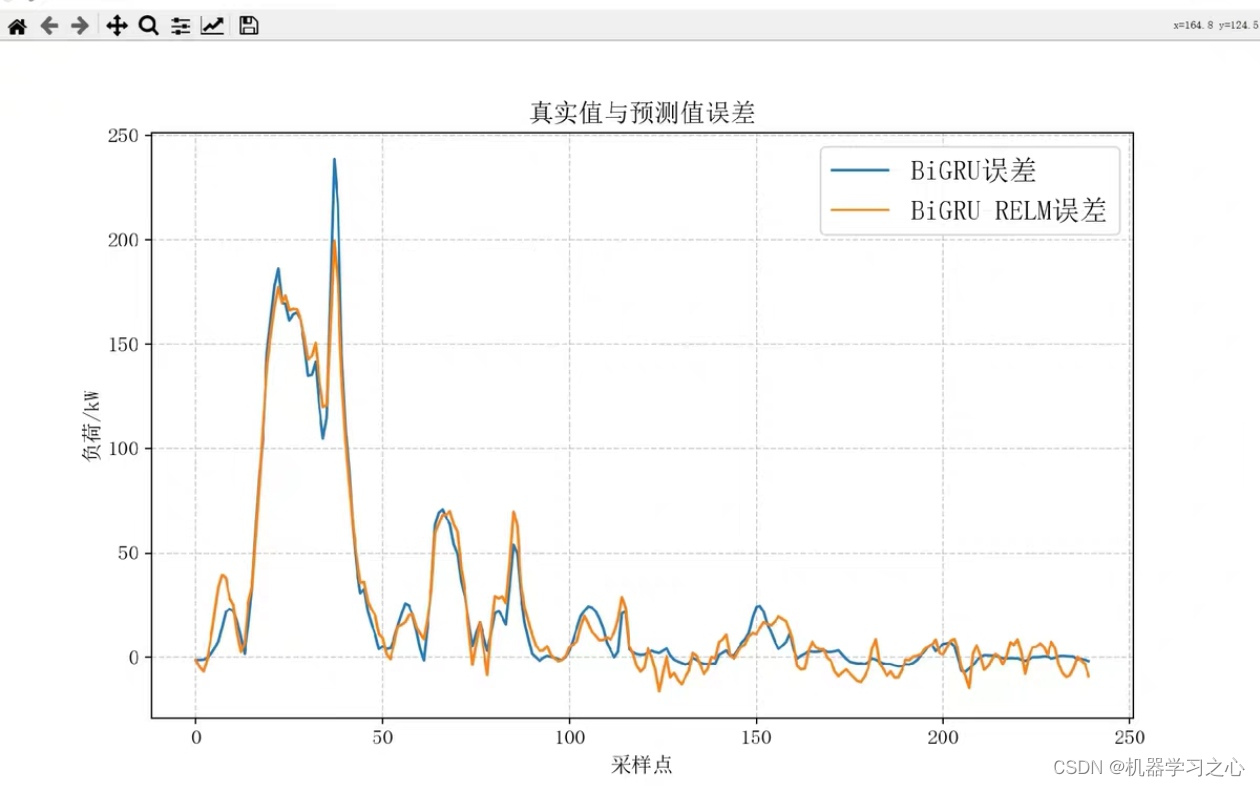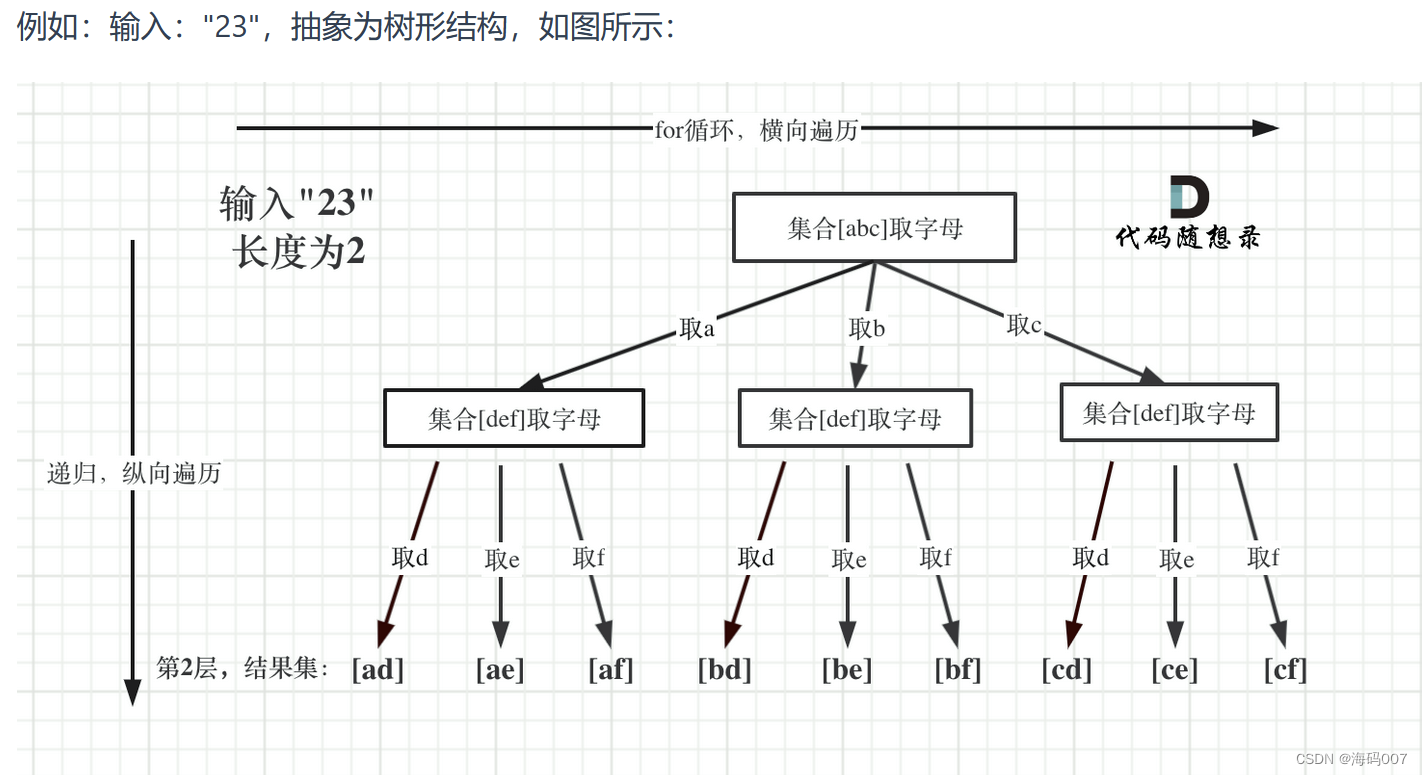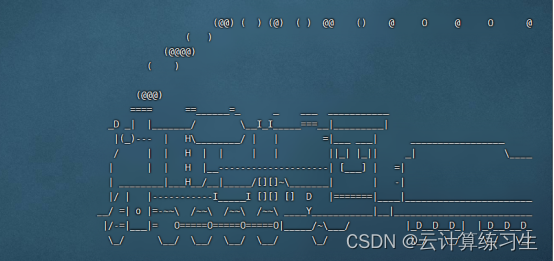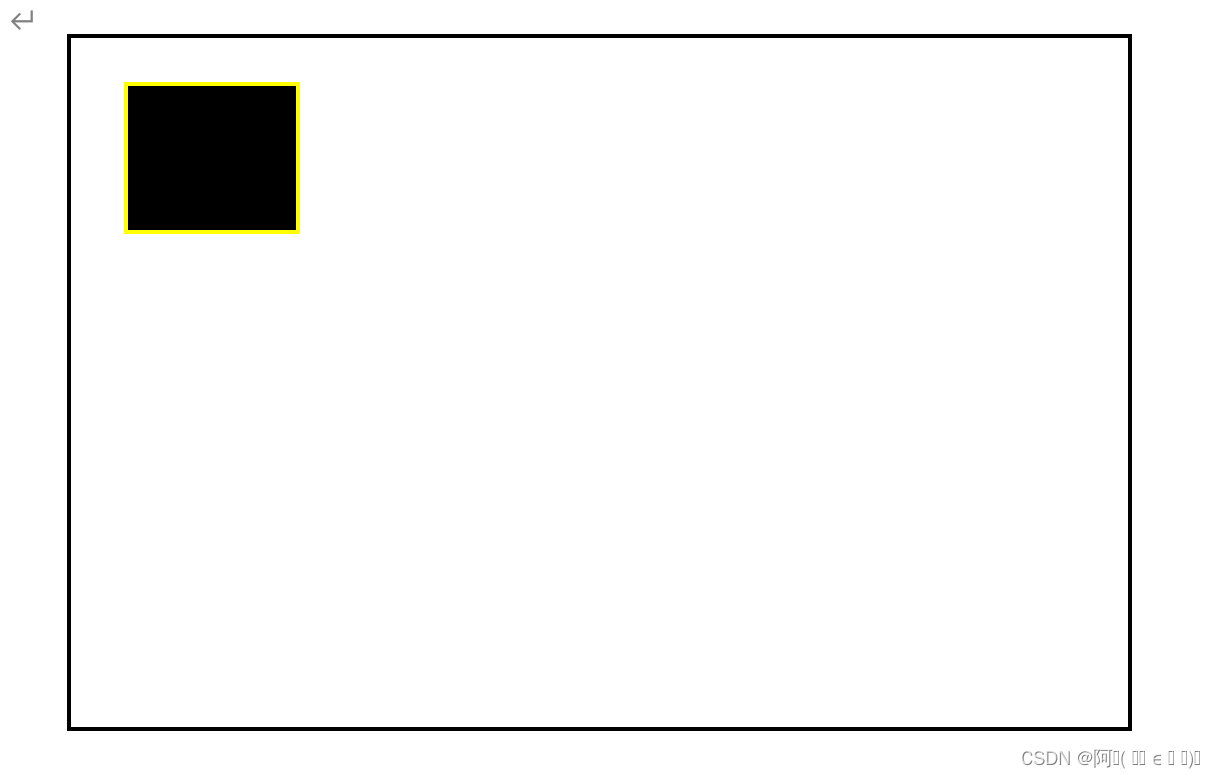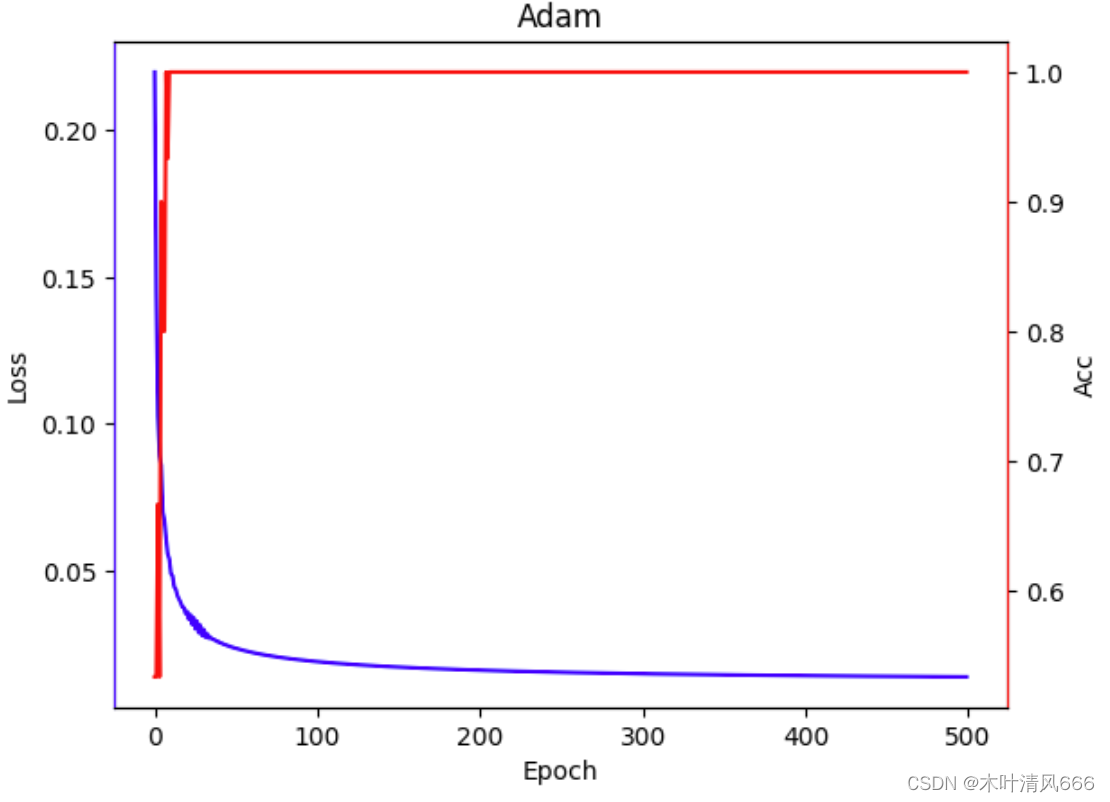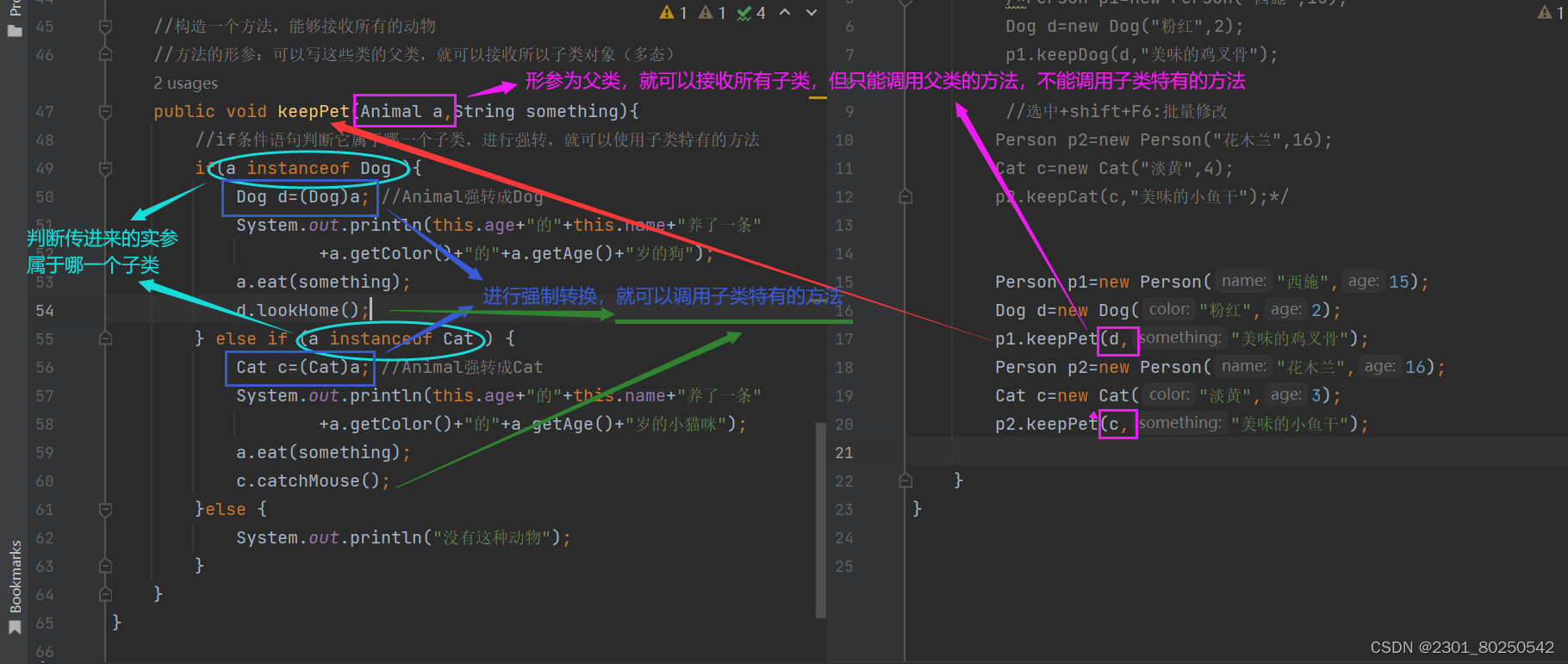printf函数移植串口通信
- printf函数移植串口通信
- 串口显示汉字乱码问题解决
- 代码
printf函数移植串口通信
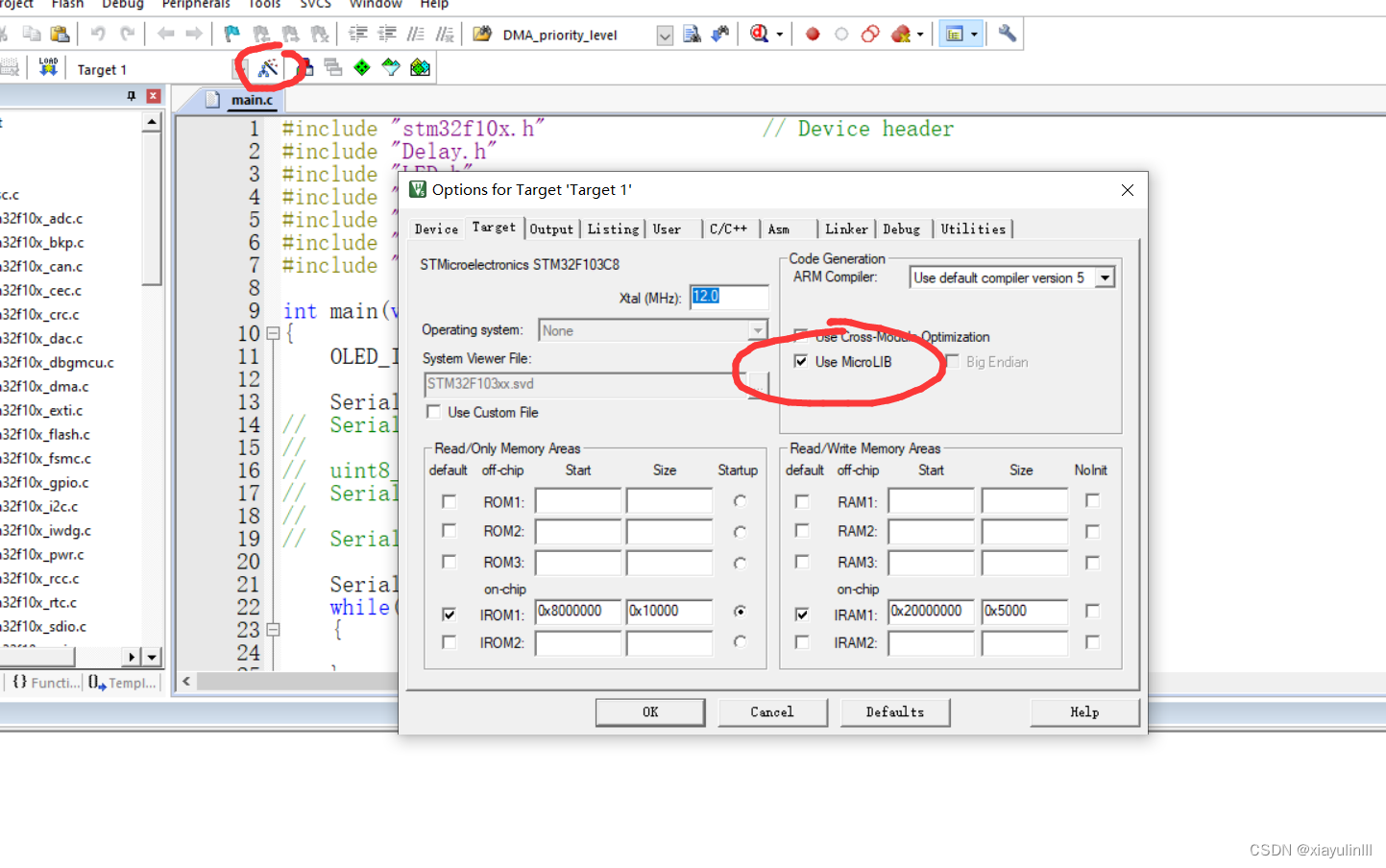
MicroLIB是Keil为嵌入式平台优化的一个精简库
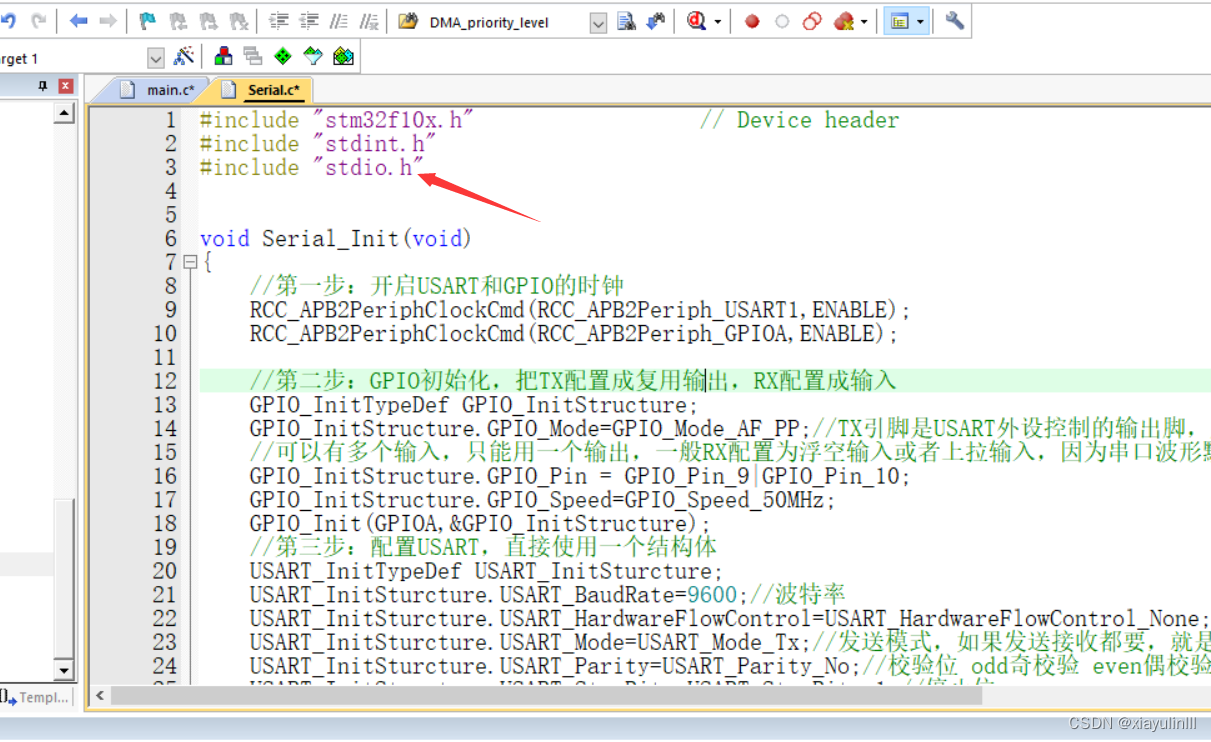
--no-multibyte-chars
串口显示汉字乱码问题解决
法一
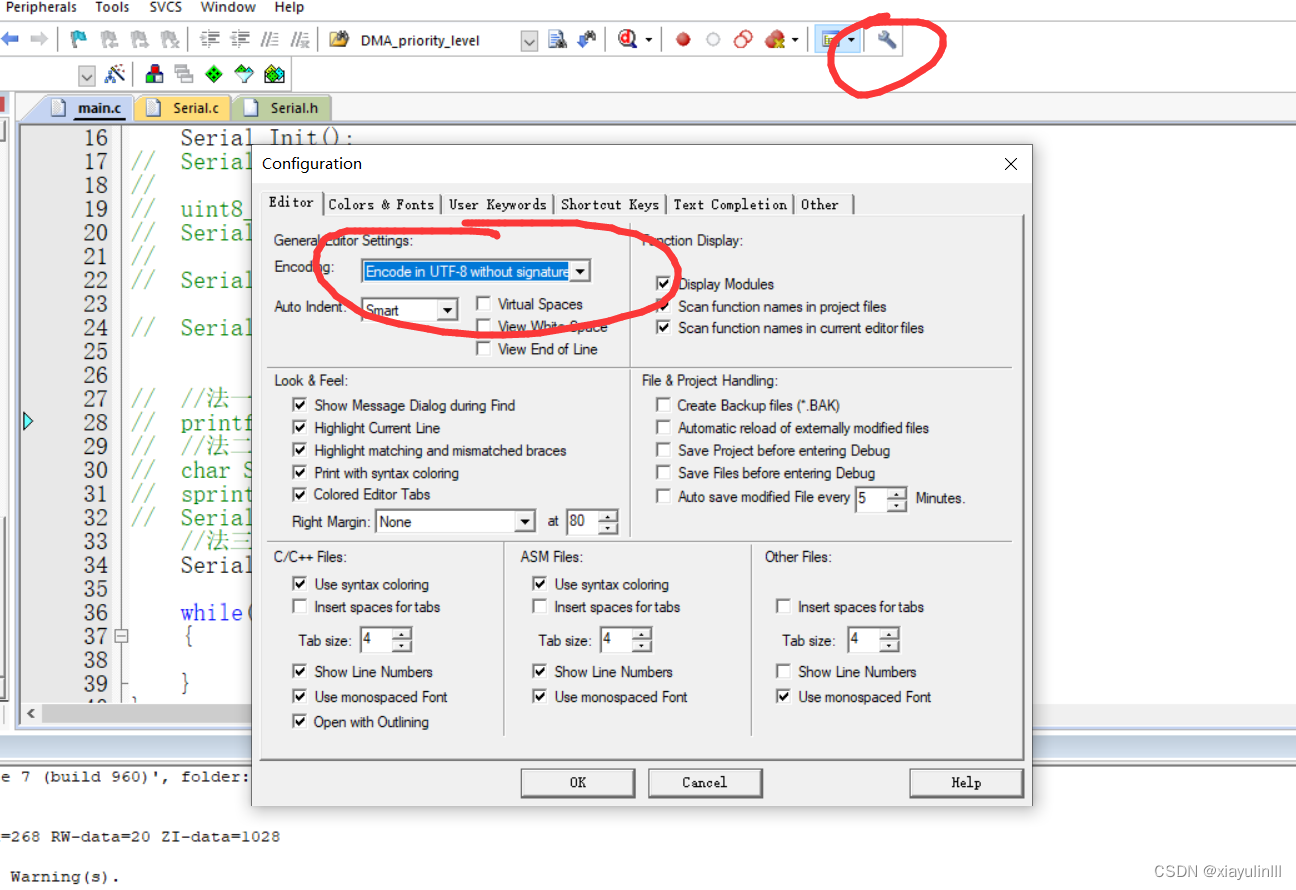
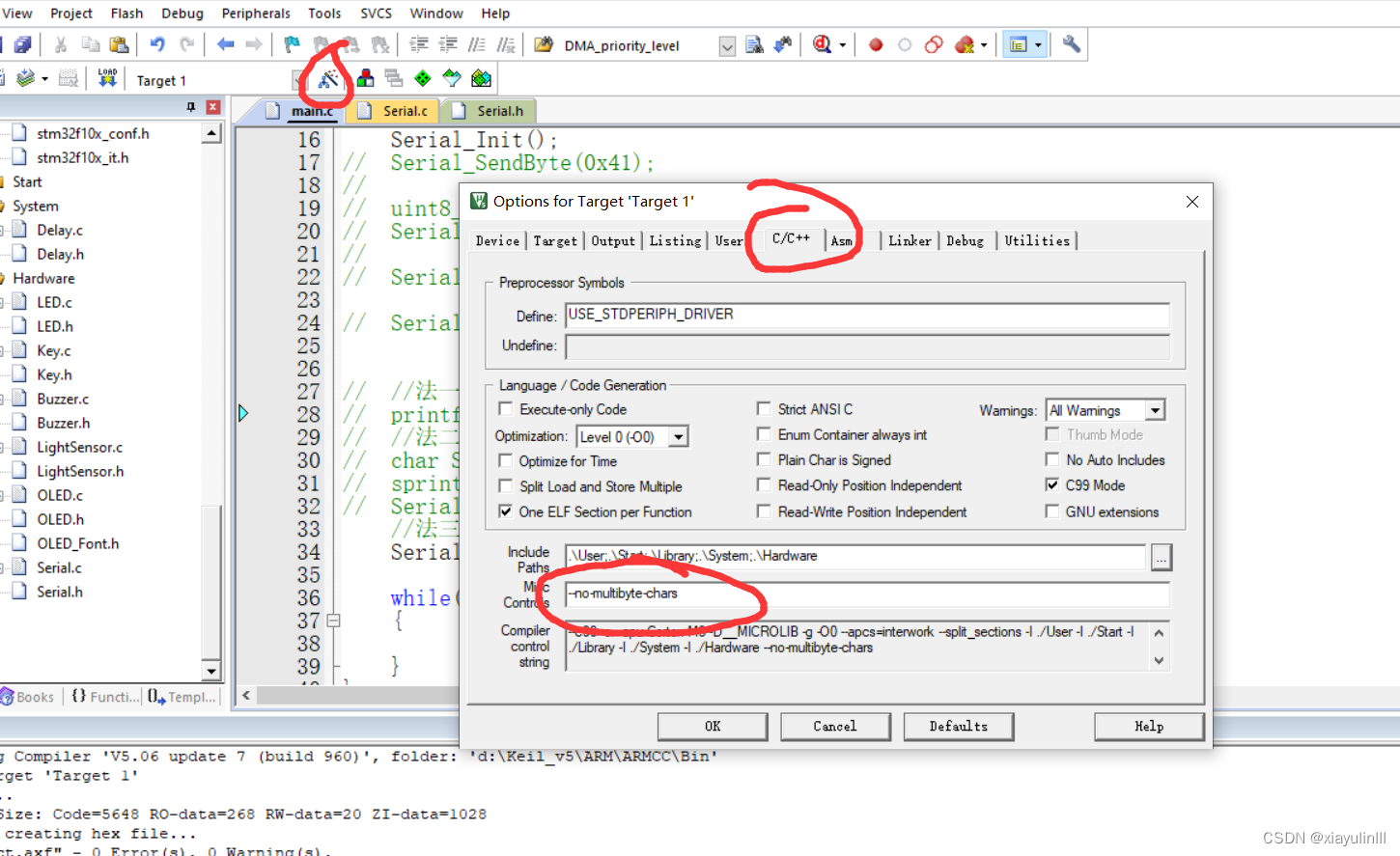
法二
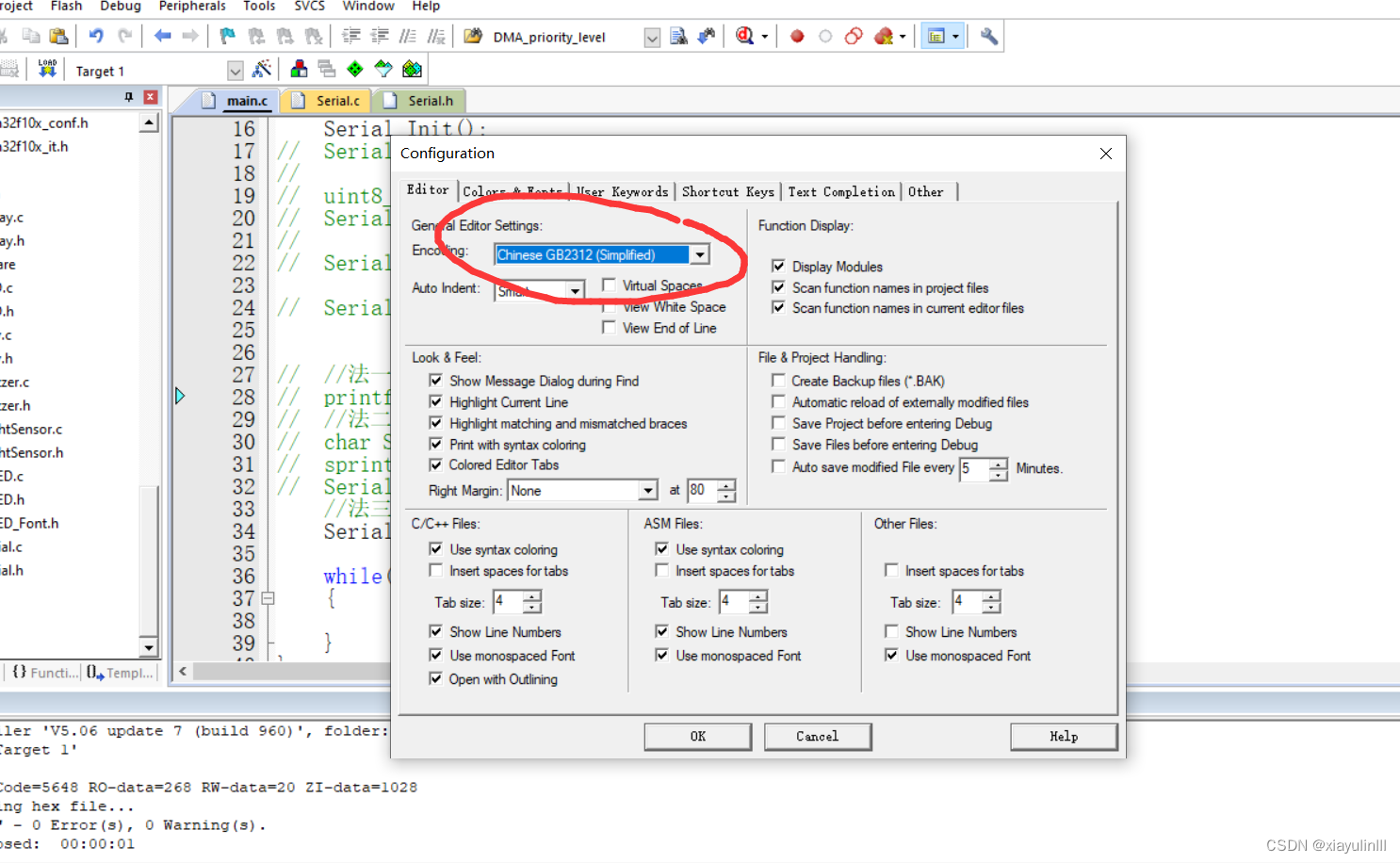
代码
主函数
#include "stm32f10x.h" // Device header
#include "Delay.h"
#include "LED.h"
#include "Key.h"
#include "stdint.h"
#include "OLED.h"
#include "Serial.h"
int main(void)
{
OLED_Init();
Serial_Init();
// Serial_SendByte(0x41);
//
// uint8_t MyArray[]={0x42,0x43,0x44,0x45};
// Serial_SendArray(MyArray,4);
//
// Serial_SendString("Hello");
// Serial_SendNumber(12345,5);
// //法一
// printf("Num=%d\r\n",666);
// //法二
// char String[100];
// sprintf(String,"Num=%d\r\n",666);//指定打印字符串位置
// Serial_SendString(String);
//法三,封装sprintf
Serial_Sprintf("Num=%d\r\n",666);
while(1)
{
}
}
串口.c Serial.c
#include "stm32f10x.h" // Device header
#include "stdint.h"
#include "stdio.h"
#include "stdarg.h"
void Serial_Init(void)
{
//第一步:开启USART和GPIO的时钟
RCC_APB2PeriphClockCmd(RCC_APB2Periph_USART1,ENABLE);
RCC_APB2PeriphClockCmd(RCC_APB2Periph_GPIOA,ENABLE);
//第二步:GPIO初始化,把TX配置成复用输出,RX配置成输入
GPIO_InitTypeDef GPIO_InitStructure;
GPIO_InitStructure.GPIO_Mode=GPIO_Mode_AF_PP;//TX引脚是USART外设控制的输出脚,所以要选复用推挽输出,RX引脚是外设输入引脚,所以要选择输入模式,
//可以有多个输入,只能用一个输出,一般RX配置为浮空输入或者上拉输入,因为串口波形默认空闲状态是高电平,所以不使用下拉输入
GPIO_InitStructure.GPIO_Pin = GPIO_Pin_9|GPIO_Pin_10;
GPIO_InitStructure.GPIO_Speed=GPIO_Speed_50MHz;
GPIO_Init(GPIOA,&GPIO_InitStructure);
//第三步:配置USART,直接使用一个结构体
USART_InitTypeDef USART_InitSturcture;
USART_InitSturcture.USART_BaudRate=9600;//波特率
USART_InitSturcture.USART_HardwareFlowControl=USART_HardwareFlowControl_None;//硬件流控制
USART_InitSturcture.USART_Mode=USART_Mode_Tx;//发送模式,如果发送接收都要,就是|起来
USART_InitSturcture.USART_Parity=USART_Parity_No;//校验位 odd奇校验 even偶校验 no无校验
USART_InitSturcture.USART_StopBits=USART_StopBits_1;//停止位
USART_InitSturcture.USART_WordLength=USART_WordLength_8b;//字长 9位是带了一位校验位
USART_Init(USART1,&USART_InitSturcture);
//第四步:开启USART,如果需要接收功能,可能还需要配置中断
USART_Cmd(USART1,ENABLE);
}
void Serial_SendByte(uint8_t Byte)
{
USART_SendData(USART1,Byte);
while(USART_GetFlagStatus(USART1,USART_FLAG_TXE)==RESET);//标志位置1之后,不需要手动清零,当下一次再SendData时,这个标志位会自动清零
}
void Serial_SendArray(uint8_t *Array,uint16_t Length)
{
uint16_t i;
for(i=0;i<Length;i++)
{
Serial_SendByte(Array[i]);
}
}
void Serial_SendString(char *String)
{
uint8_t i;
for(i=0;String[i]!='\0';i++)
{
Serial_SendByte(String[i]);
}
}
uint32_t Serial_Pow(uint32_t X,uint32_t Y) // X的Y次方
{
uint32_t Result = 1;
while(Y--)
{
Result *=X;
}
return Result;
}
void Serial_SendNumber(uint32_t Number,uint8_t Length)
{
uint8_t i;
for(i=0;i<Length;i++)
{
Serial_SendByte(Number / Serial_Pow(10,Length-i-1)%10+0x30);//如果是2位数,2-0-1,10的1次方,发十位,再2-1-1,10的0次方,发个位
//0x30为ASCII表字符偏移,字符0为0x30 ,也可以写 '0'
}
}
//重写fputc函数,重定向到串口,fputc函数是printf函数的底层
int fputc(int ch,FILE *f)
{
Serial_SendByte(ch);
return ch;
}
//封装sprintf
void Serial_Sprintf(char *format,...)
{
char String[100];
va_list arg;
va_start(arg,format);
vsprintf(String,format,arg);
va_end(arg);
Serial_SendString(String);
}
串口.h Serial.h
#ifndef __SERIAL_H
#define __SERIAL_H
#include "stdint.h"
#include "stdio.h"
void Serial_SendByte(uint8_t Byte);
void Serial_Init(void);
void Serial_SendArray(uint8_t *Array,uint16_t Length);
void Serial_SendString(char *String);
void Serial_SendNumber(uint32_t Number,uint8_t Length);
int fputc(int ch,FILE *f);
void Serial_Sprintf(char *format,...);
#endif
![[StartingPoint][Tier1]Sequel](https://img-blog.csdnimg.cn/img_convert/48667436d3d84495d3fcb7e7933f7a86.jpeg)


